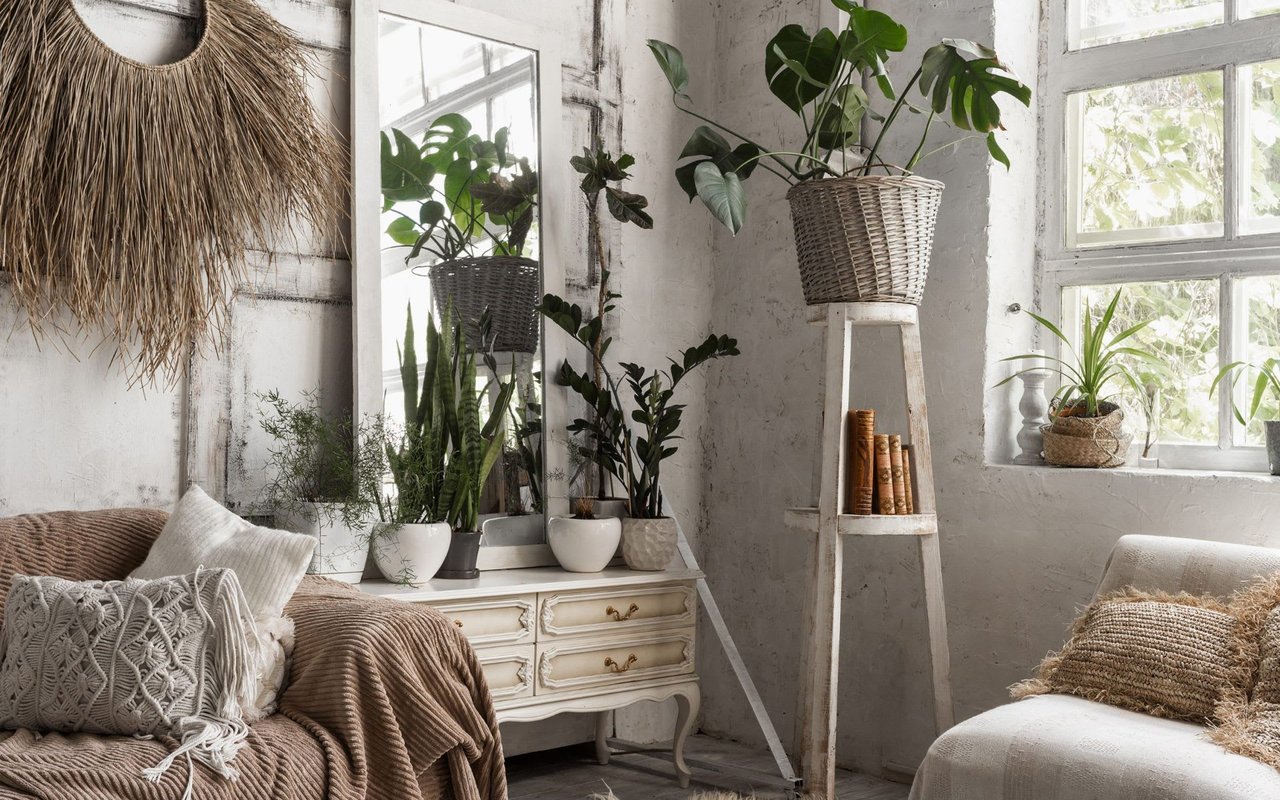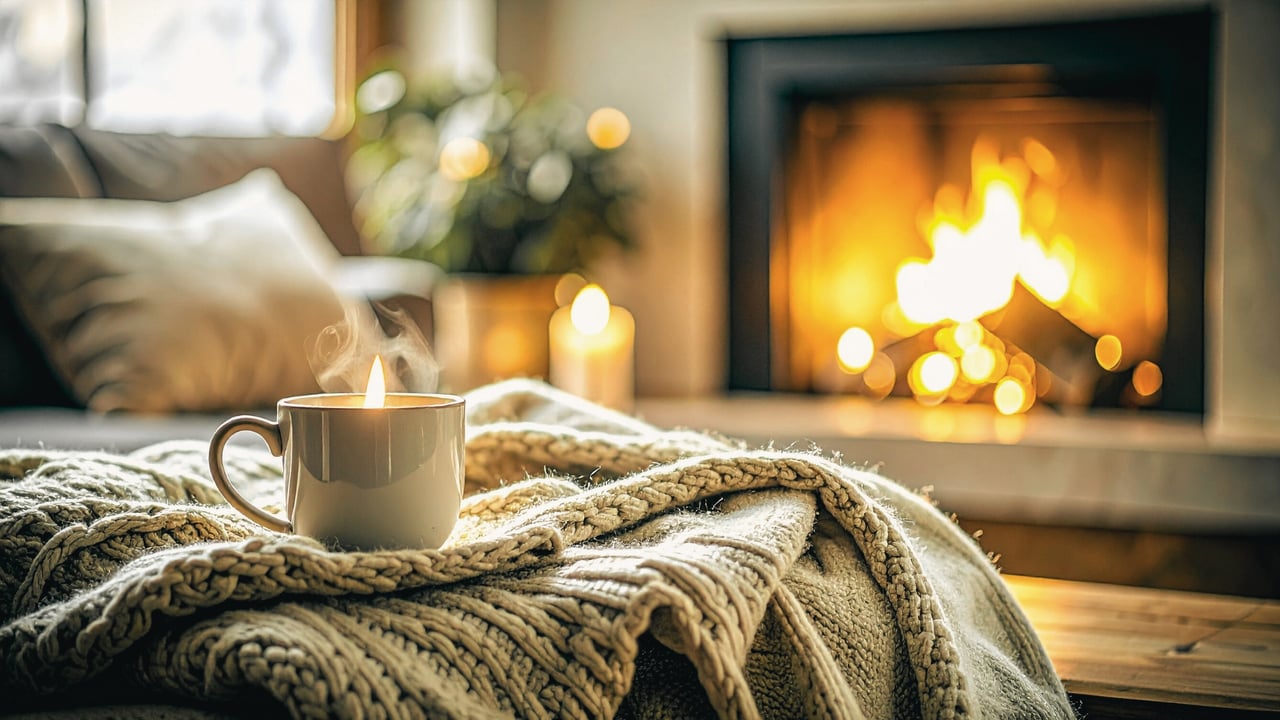Are you a biophiliac? Maybe you should be!
Biophilia literally means “love of life,” and describes our innate tendency to seek out connections with nature. As humans have evolved, we have become increasingly detached from nature through urbanization and technological advances. This can be detrimental to our health.
But if regular communing with nature outside is difficult, we can bring outdoor beauty inside.
Interior landscaping creates living art and also has health benefits.
Studies show that houseplants can:
- Increase humidity in your home which helps your skin, sinuses and eyes.
- Purify the air, removing pollutants and releasing oxygen.
- Reduce background noise through sound absorption.
- Boost productivity in office and classroom settings.
Nurturing plants is a peaceful pastime which can reduce stress and increase happiness. Not only are you instilling a sense of purpose and accomplishment as you tend to them, but coming in contact with soil can decrease depression by putting your skin in contact with tiny microbes that have antidepressant qualities — these microbes are appropriately nicknamed “outdoorphins.”
If you’re ready to move from faux houseplants to the real deal, we’ve got some easy-to-grow options listed here. If your track record with houseplants is less than stellar, or if you are a novice interior landscape artist, here are our top ten recommendations for the best chance at success:
1. Lucky Bamboo
This sculptural beauty is not really bamboo. It’s more closely related to a succulent (plants with thickened parts that retain water). It can grow one to three feet tall indoors and requires partial shade and moist but well-drained soil.
2. Devil’s Ivy
This low-maintenance, trailing plant is one of the easiest to grow, surviving for long periods without water for forgetful gardeners. It should be placed in an area with filtered light and will need room for its lovely yellow-green, heart-shaped leaves to drape, so consider a hanging basket or shelf.
3. Aloe Vera
These plants have health benefits for humans (burn-healing properties) but are poisonous to dogs and cats! If you have a pet-free home, these plants are robust and easy to grow. They require consistent sun and well-drained soil. Soak and then leave it alone to dry out. Wait until the soil is completely dry, and then wait a little longer!
4. Peace Lily
This lovely flowering plant blooms in spring with long-lasting flower stalks. A well-tended peace lily might even bloom twice a year, resulting in several months of flowers. They require indirect light and moist (but not soggy) soil.
5. Rubber Tree
These can get big — anywhere between six and ten feet tall — so plan accordingly. A natural air purifier, rubber trees are statement plants. They prefer bright, indirect light and moist soil. Misting the leaves helps the plant absorb more sunlight.
6. Chinese Evergreen
This plant is durable even for the absent-minded homeowner, but these are poisonous to dogs and cats. Chinese evergreen can grow in low and artificial light, making it ideal for interior rooms with little or no sunlight.
7. English Ivy
This plant is a traditional favorite, with varying shades of foliage, but again — keep away from pets. English ivy likes medium to bright light and has medium water needs (don’t let it dry out completely, but also don’t let it stay wet for long periods of time).
8. Golden Tricolor
Their beautiful, waxy foliage is showy with its three colors: green, white and pink. It prefers medium filtered light and has a low watering requirement
9. Purple Velvet
This beautiful and softly-textured plant needs bright but indirect light and moist but well-drained soil. It’s sometimes referred to as the purple passion plant!
10. Inch Plant
These pretty plants have green, heart-shaped leaves with purple stripes and a silvery sheen. They prefer bright light but not direct sun. Allow the soil to dry out a little between waterings.
Think Outside the Pot
There are now so many unique alternatives to the traditional pots for houseplants on the market, but if you really want to show your individuality, look around for whimsical alternatives — items that were never intended to hold plants but work well as containers. Here are some ideas for creative reuse:
- Pretty porcelain bowls
- Antique metal boxes with colorful advertisements
- Old magazine racks
- Baskets
- Old crocks
- Discarded handbags
- Kitchen colanders
- Colorful metal trash cans
- Vintage decorative light fixtures
- Pretty tea tins
Need a pot to plant your roots in? Contact us to connect with an agent.



